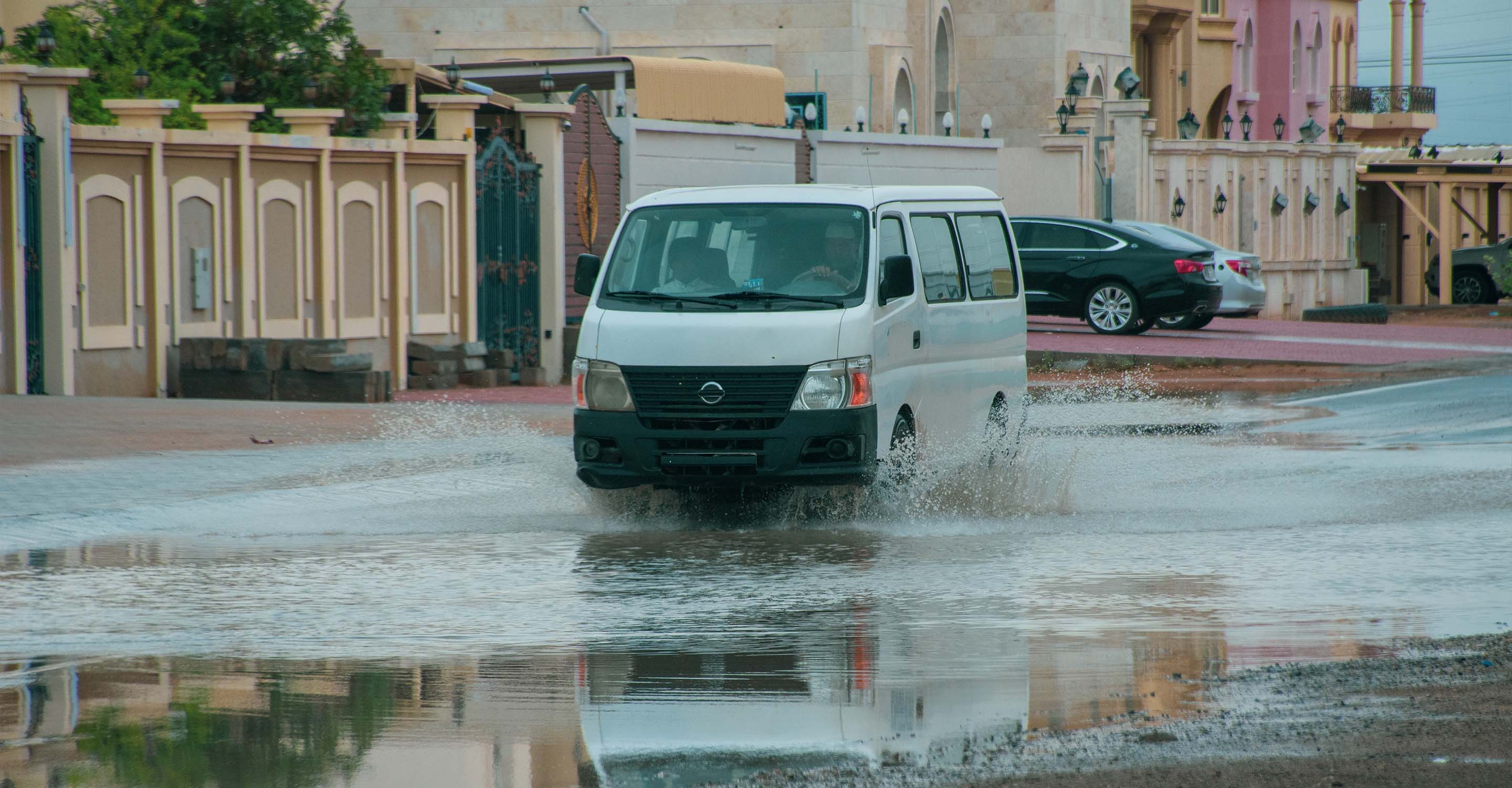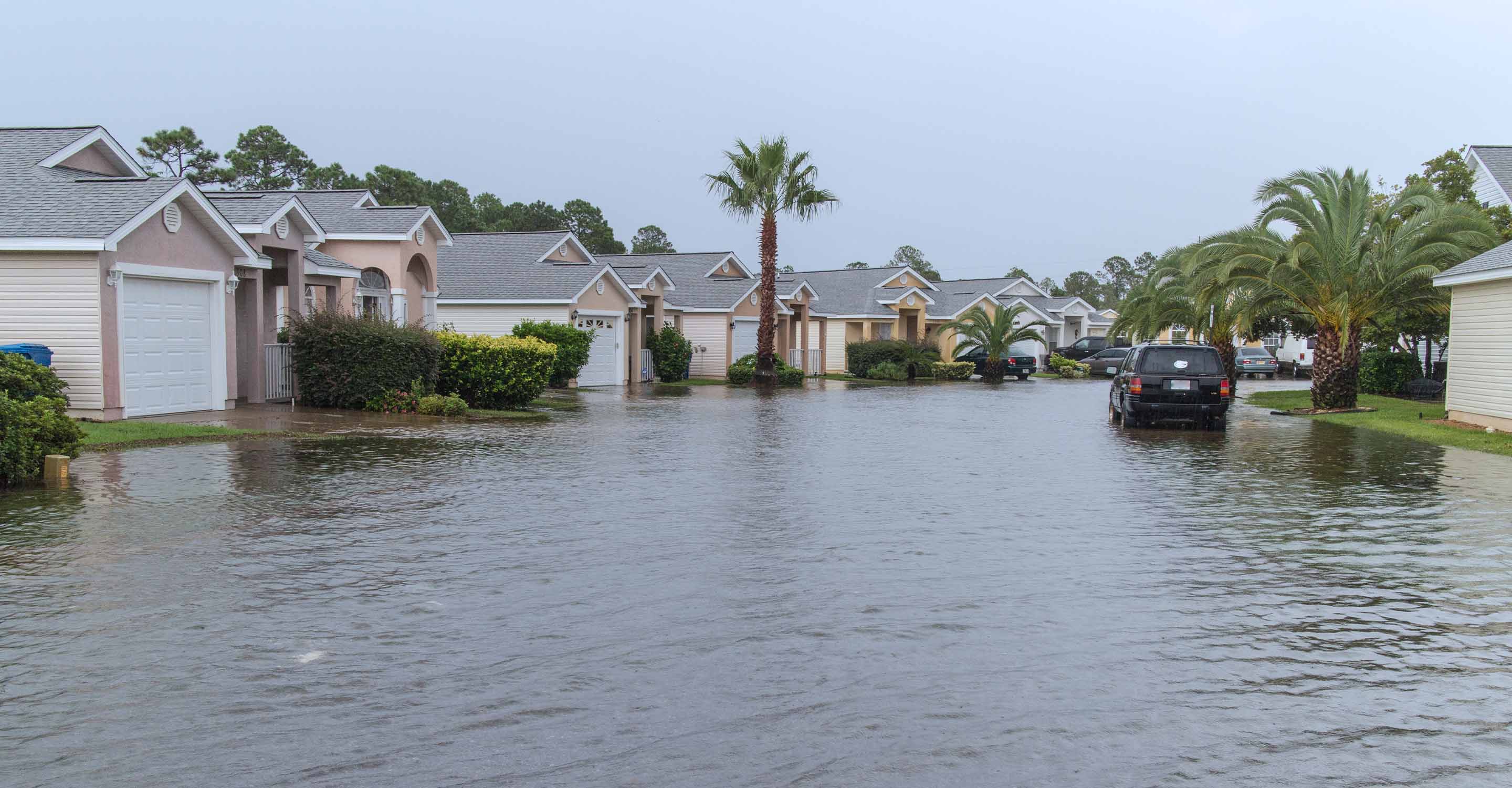Pak Kret air quality map
Live air pollution map of Pak Kret
248.7K people follow this city
Full screen
Contributors
7
Stations
7
Contributors category
1
Government
0
Non-profit organization
2
Educational
1
Corporate
3
Individual
0
Anonymous
Most polluted air quality stations
| # | station | US AQI |
|---|---|---|
| 1 | Siripanich's Residence, Nonthaburi | 78 |
| 2 | Sukhothai Thammathirat University | 75 |
| 3 | Bangkok Boulevard Changwattana 2 | 65 |
| 4 | Yingruaynives Village | 65 |
| 5 | Singapore International School Nonthaburi | 55 |
| 6 | Denla British School | 53 |
| 7 | Sansiri - Siri Place Ratchaphruek 345 | 52 |
Health Recommendations
| Sensitive groups should reduce outdoor exercise | |
| Close your windows to avoid dirty outdoor air GET A MONITOR | |
| Sensitive groups should wear a mask outdoors GET A MASK | |
| Sensitive groups should run an air purifier GET AN AIR PURIFIER |
community highlight
Pak Kret most followed contributors
Become a contributor
Get an AirVisual Outdoor and contribute to collecting millions of data points for the Pak Kret map to track local air pollution
Understand air pollution and protect yourself
Pak Kret MAP AIR QUALITY ANALYSIS AND STATISTICS
Is there an air quality map for Pak Kret?
Air quality maps are now available for widespread public use for those living in Pak Kret, as well as throughout the rest of Thailand and South East Asia. The air quality map shown above, or air pollution map as it can also be referred to, will guide you through which areas of Pak Kret are at their most polluted, as well as give constant updates regarding the levels of air pollution present. These pollution readings present on the air quality maps (which can be seen in the small colored discs spread across the map itself) are shown in the form of US AQI, a reading that is formed from an aggregation of several main pollutants found in the air, which will be explained in further detail in the following questions.
With the air quality map now in use, there are many different air quality monitoring stations being available (a number that will also continue to grow, due to an increased interest in the quality of the air we are breathing, particularly in the wake of the Covid-19 outbreak of 2020 which saw large shifts in many areas of life). When compared to other cities throughout the world, Thailand, along with Vietnam, has some concise data available regarding its air pollution levels. Just by looking at the map above, beyond the informative purposes that one can get from it, there are also a particularly large number of air quality monitoring stations available, all of which are feeding into the air pollution map. The benefits of referring to such maps, particularly during certain times of the year and for certain demographics amongst the population, are numerous. In closing, there is now a concise air quality map available for Pak Kret along with its relevant city page, which can also be referred to for an average reading of the city's overall level of air pollution, as well as averages from previous years. The use of both air quality map pages, along with city pages, as well as the AirVisual app, can all aid greatly in helping to reduce pollution-related problems that the inhabitants of Pak Kret may face year by year, along with those who are visiting.
What are some of the readings shown on the air quality map in Pak Kret?
To use some examples of US AQI readings present on the air quality map for Pak Kret, as of early to mid-May of 2022, the figures present on the pollution map will be quoted. This is for reference only and it should be noted that the air quality readings may change drastically month by month, as well as daily. Sudden daily spikes in air pollution that can be witnessed on the air quality maps can often come about from natural disasters or severe polluting events, coupled with adverse meteorological conditions such as lack of rain or high-speed winds being present. These weather conditions, with the wind being the most important one in actually removing pollution from the air (whilst rain can help, it is mostly responsible for tamping down larger particles in the air, and doesn’t do a huge amount to remove smaller, more dangerous particles or gases), can lead to large accumulations of pollution in certain parts of the city, with topography also playing a part, both urban and natural. Areas of concentrated taller buildings can create areas where pollution can accumulate within Pak Kret, which may show up with higher US AQI readings on the air quality map.
To quote some figures for reference, in May of 2022, readings that were mixed between 'good' and 'moderate' air quality classifications were seen predominantly throughout the whole of Pak Kret, although it can be noted that at this time a majority of the cleaner readings came from the northern portion of the city, whilst the lower portion was heavily mixed between good and moderate readings.
Some examples of these are readings that went as low as 12 and 17, both of which would fall nicely into the 'good' classification on the air quality map. To be classified as such, a US AQI reading of 0 to 50 is required and is one of the best air quality classifications that can be achieved, with readings closer to 0 being the most optimal. When such readings occur, these particular areas on the air quality map will have significantly fewer pollution clouds present, with smoke, haze and accumulations of dangerous particles being much less prevalent. Some slightly elevated readings were ones such as 55, 65 and a high of 81, all of which would fall into the 'moderate' air pollution rating bracket, requiring a US AQI reading of 51 to 100 to be classified as such. These are a few of the examples present in Pak Kret.
What can air quality maps tell us about air pollution in Pak Kret?
Air quality maps can tell you about the current levels of US AQI present throughout the city and extended areas of Pak Kret. Each of the US AQI readings present on the pollution maps, as mentioned in the first question of the article, is calculated from a number of main pollutants. These are ones such as nitrogen dioxide, carbon monoxide, ozone and sulfur dioxide, along with the two main particle-based pollutants, PM10 and PM2.5. Whilst the air quality map page does not show the exact concentrations of these pollutants when the US AQI readings are higher, there will be significantly higher levels of these pollutants present in the air. The particle-based pollution covers a huge amount of different materials, with the criteria only being that they are 10 micrometers or less to be classified as PM10, and 2.5 micrometers or less to be classified as PM2.5. US AQI readings present on the air quality maps may also indicate higher levels of coarse or ultrafine particles in the air within Pak Kret.
When will air quality maps be at their most useful in Pak Kret and throughout Thailand?
Air quality maps can be useful for the entirety of the year in Pak Kret, helping to keep many users safe from the dangers of breathing excessive amounts of particles and other chemical pollutants. However, it is worth mentioning that for the whole of Thailand, and particularly in the northern regions, there is a burning season that occurs each year. They follow a typical set pattern of months, and as such the air quality maps may be more useful to use during such times. Although the pollution that emanates from such open burning sites, or slash and burn practices as they are known, the smoke generated from the fires can drift many miles and end up polluting cities great distances away. So whilst air quality maps can be highly useful throughout the year, the more polluted period of the year in Thailand (which runs from around September through to March of the following year, with slight variations depending on circumstances) may indicate higher levels of pollution on the air quality maps, thus making them more useful at such times.
Pak Kret air quality data attribution
7Contributors
 Thailand Pollution Control Department
Thailand Pollution Control Department1 station
Government Contributor
 denla british school
denla british school1 station
 SISB School
SISB School1 station
2 Educational Contributors
 Sansiri
Sansiri1 station
Corporate Contributor
- Sarawuth Kheawbumrung
1 station
 Paibul Chanawatr
Paibul Chanawatr1 station
- PAOPAO
1 station
3 Individual Contributors
4 Data sources








